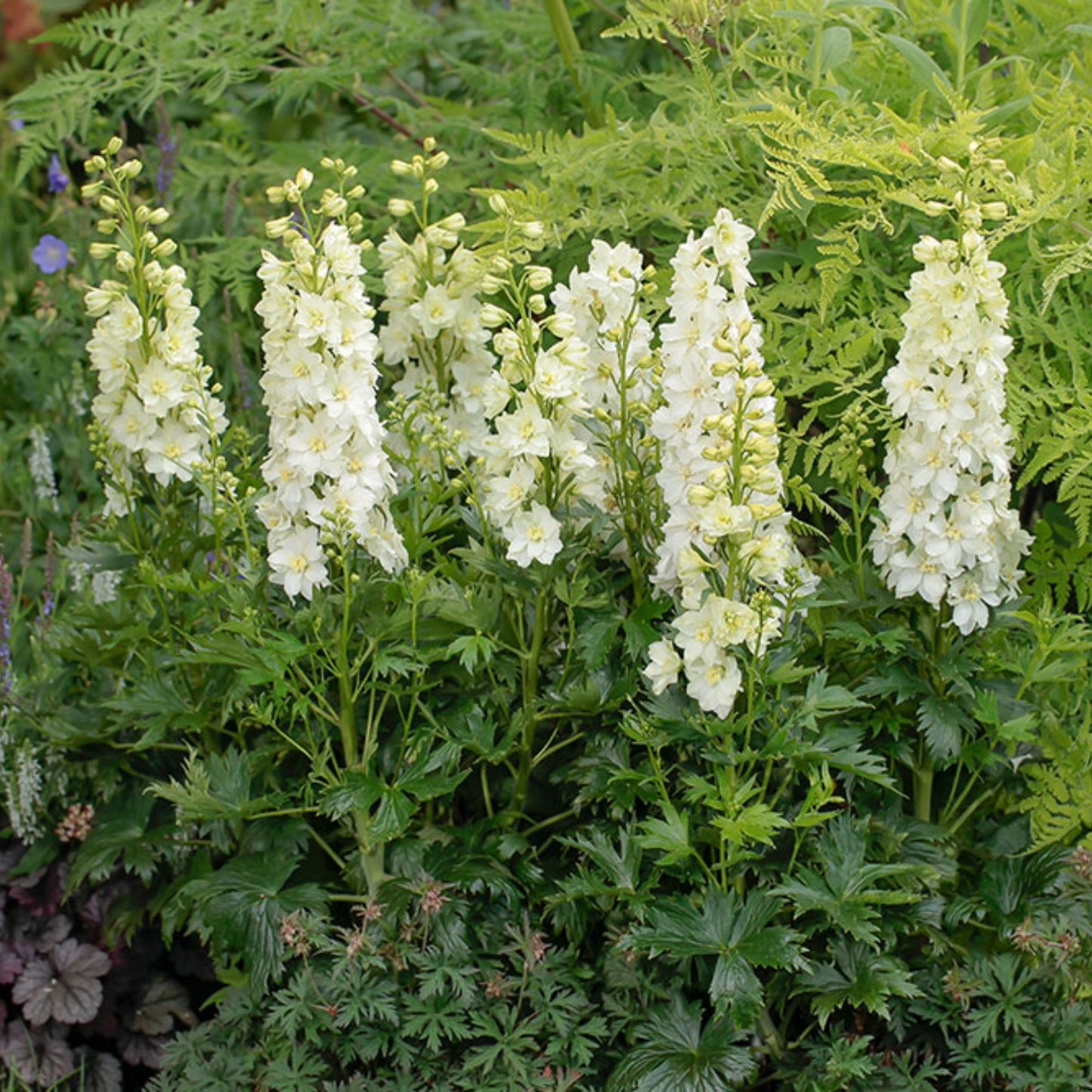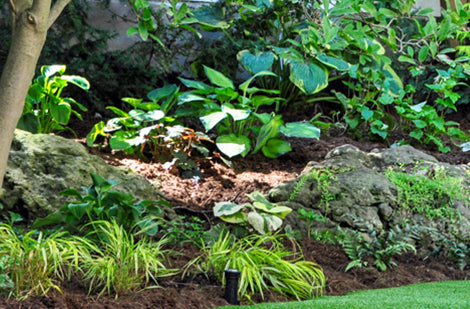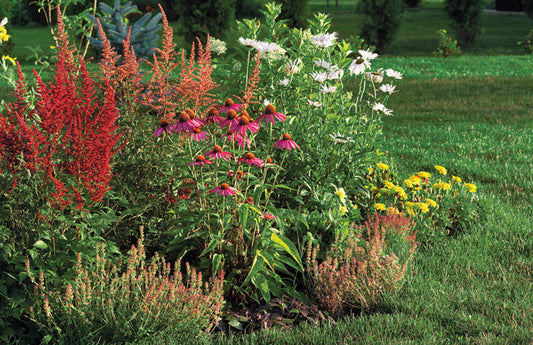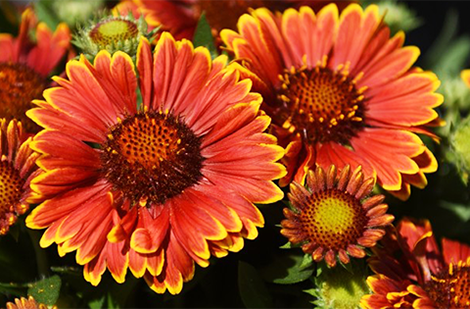Delphinium DELGENIUS™ 'Nova'
Delphinium DELGENIUS™ 'Nova' - Delgenius™ 'Nova' Larkspur
Delphinium DELGENIUS™ 'Nova' - Delgenius™ 'Nova' Larkspur
Exposure
- Sun
- Part-sun
- Part-shade
Rusticity
Bloom time
- June
- July
- August
- September
- Classic indigo-blue flowers
- Semi-double blooms
- Hardy and adaptable
- Early and long blooming
- Ideal for containers
Bring pure elegance and subtle sophistication to your garden with Larkspur DELGENIUS™ 'Neva'! This striking variety stands out with its immaculate pure white semi-double flowers, enhanced by a subtle white bee. An essential choice for creating monochromatic or serene garden designs, Larkspur 'Neva' combines beauty with reliable performance, transforming your landscapes into a scene of serene sophistication.
Characteristics
- Foliage: Dense, lush green foliage, forming a compact and branching basal clump. Foliage is deciduous (disappears in winter).
- Flowering: Produces magnificent pure white semi-double flowers with a pristine white central "bee," creating a sophisticated and clean look. Flowering is prolonged, extending from late spring through late summer, with continuous rebloom ensuring a constant display.
- Light Requirements: Needs full sun (6+ hours of direct sunlight per day) for optimal flowering and robust growth.
- Habit: Compact, multi-branching, and upright, forming an elegant and well-filled floral column.
- Growth: Vigorous growth, allowing it to quickly fill containers. Reaches a mature height of approximately 50 to 60 cm (20 to 24 inches).
- Humidity: Requires average water needs.
- Soil: Prefers average, well-drained soil. Adapts to various soil conditions.
- Temperature: Exceptionally hardy and heat tolerant.
- Watering: Average watering. Keep the soil uniformly moist, especially during active growth and flowering periods.
- Resistances: Exceptional hardiness and heat tolerance. Features strong, weather-resistant flower stems and broad adaptability.
Usage
- Types of Use: Perfect for garden beds, borders, cottage gardens, and containers on patios and balconies. Ideal for creating monochromatic scenes or combinations that highlight other colours. Excellent as a cut flower for indoor arrangements.
- Decorative Benefits: Its pure white beauty adds a touch of sophistication and serenity to the garden. Its upright habit and prolonged flowering ensure a constant and elegant presence, complementing any planting scheme with its refined neutrality.
Maintenance
- Fertilization: Fertilize in spring with a balanced fertilizer to promote abundant flowering. An additional application after the first bloom can encourage rebloom.
- Pruning: Deadhead spent flowers after the first flush of blooms to stimulate new growth and prolong the display. Cut back foliage to the base in fall.
- Planting:
- Spacing: Approximately 45 to 60 cm (18 to 24 inches) apart to allow for good air circulation and optimal development.
- Depth: Plant at the same depth as it was in its container.
- Period: Spring or early fall are the best times for planting. No vernalization is required.
Plant details
Dimensions
Dimensions
Characteristics
Characteristics
Habit:
- Compact
- Upright
- Bushy
- Multi-branched
Flowering colours:
- White
Plant needs
Plant needs
Watering:
- Tolerates moist soil
- Tolerates dry, well-drained soil
Maintenance:
- Easy
- Deadhead (spent flowers)
- Fertilize regularly
Soil requirement:
Features
Features
Resistance:
- Heat
- Cold
Attract:
- Bees
- Hummingbirds
- Butterflies
Use:
- Border
- Flowerbed
- Thriller plant
Attribute:
- Long Flowering
- Cut Flower
- Vigorous Growth
- Hardy
- Reblooming




Related articles
-

Perennials for all occasions
Read the articleOsez créer des associations inédites qui sauront refléter votre personnalité, même si pour cela vous deviez déplacer certaines vivaces pour mieux les mettre en valeur.
-

Landscaping with perennials
Read the articleVariétés à découvrir, la tomate se savoure crue, en sandwich, en bruschetta ou en salade. Cuite, c'est l'ingrédient de base de sauces, soupes et salsas.
-

Perennials proper maintenance: cut and fertilize
Read the articleLa grande popularité des vivaces vient du fait qu'après avoir été oubliées pendant des mois au cours de l'hiver, elles réapparaissent sur la scène plus énergiques et surprenantes que par...
-

How to plant perennials in your garden
Read the articleEn pénétrant au jardin, ce sont souvent les plantes vivaces que l’on remarque en premier. Un massif de sauges, d’hémérocalles, d’astilbes, d’échinacées ou de lavande offre un spectacle d’une beauté...












